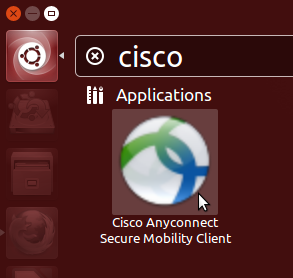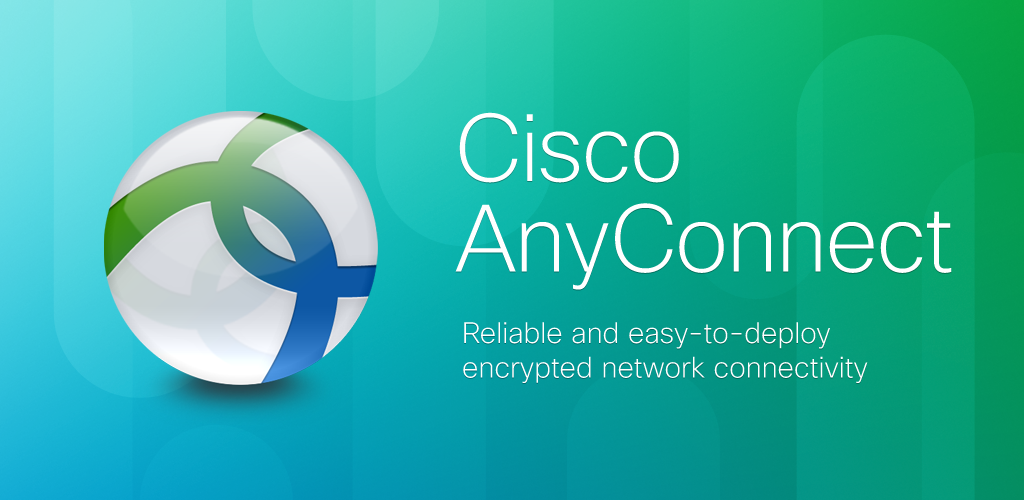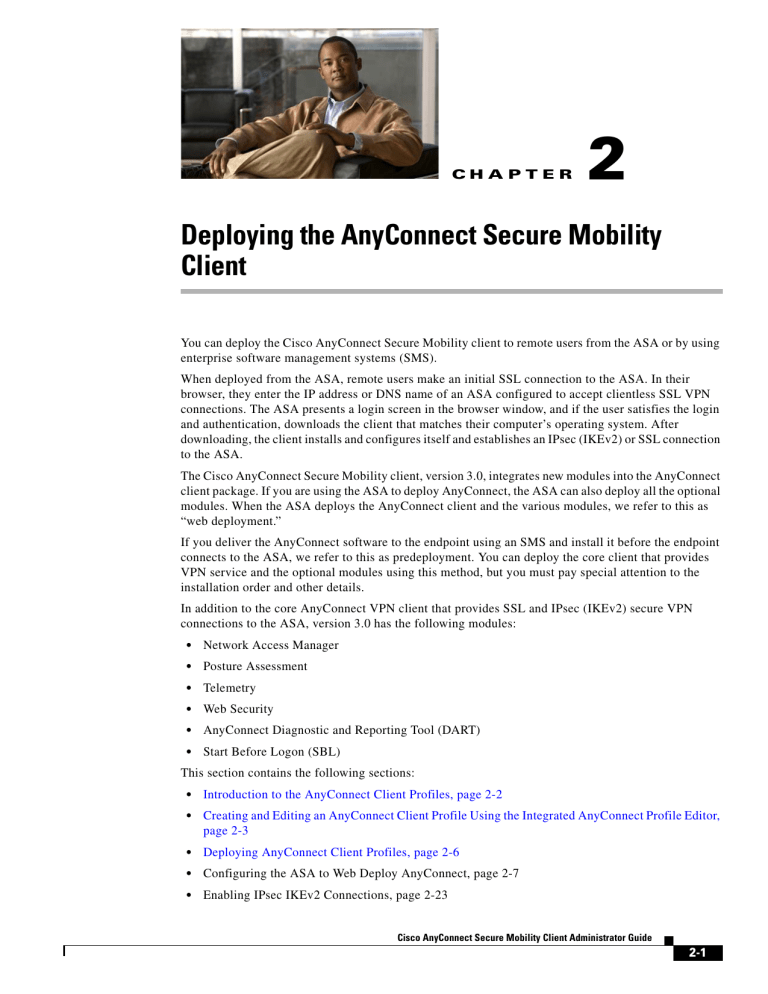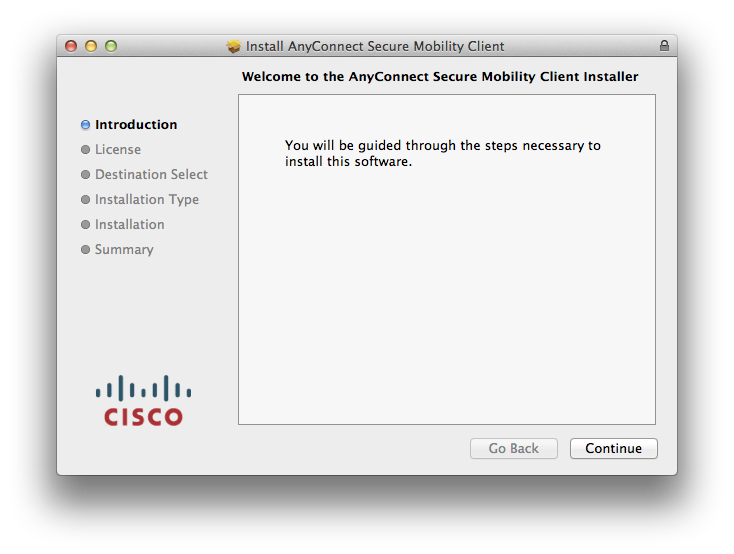- Cisco Anyconnect Client Download Linux Operating System
- Cisco Anyconnect Vpn Install Linux
- Cisco Anyconnect Vpn Download Linux
- Cisco Anyconnect Client Download Linux Os
- Cisco Anyconnect Vpn Client Free Download For Linux
AnyConnect Support for Linux
Cisco AnyConnect Secure Mobility Client 4.0 supports the following versions of Linux operating system:
In order to connect to the Lehigh network, and many of the resources on it from an off-campus computer, users need to install the Cisco AnyConnect VPN client. This software encrypts your device's network traffic, and allows it to pass through a 'tunnel' over the internet, and onto the Lehigh network, allowing a remote device to function as if. An openconnect VPN server, which implements an improved version of the Cisco AnyConnect protocol, has also been written. OpenConnect is released under the GNU Lesser Public License, version 2.1. Development of OpenConnect was started after a trial of the Cisco AnyConnect client under Linux found it to have many deficiencies. Just in case you do want the Ciso Anyconnect client working take a look at this blog. Just disable the Firefox Iced Tea web plugin and go to your VPN site. Have Ubuntu download the VPN installer and run the shell script. In my case Cisco Anyconnect VPN client was installed and available under the Internet section and works fine. From myapps.asu.edu, you can download all the VPN software for all operating systems: Cisco Anyconnect for Windows Cisco Anyconnect for Linux Cisco Anyconnect for MacOS When connecting, the VPN target is sslvpn.asu.edu and the credentials match your ASURITE username and password.
This VPN client is required for accessing on-campus network resources from off-campus locations. For additional information see: VPN at LSU: Overview. IMPORTANT NOTE: During the campus-wide remote contingency plan while staying at home, users on Windows and Mac devices must use GlobalProtect instead of this client.
- Red Hat 6 (64-bit) Adobe audio.
Cisco Anyconnect Client Download Linux Operating System
- Ubuntu 12.x (64-bit)
***The AnyConnect GUI is not supported on all Linux distributions. When the GUI is supported, it's appearance is the same as the AnyConnect version 2.5 GUI.
Linux Requirements
- x86 instruction set.
- 64-bit processor.
- 32 MB RAM.
- 20 MB hard disk space.
- Superuser privileges are required for installation.
- libstdc++ users must have libstdc++.so.6(GLIBCXX_3.4) or higher, but below version 4.
- Java 5 (1.5) or later. The only version that works for web installation is Sun Java. You must install Sun Java and configure your browser to use that instead of the default package.
- zlib - to support SSL deflate compression
- xterm - only required if you're doing initial deployment of AnyConnect via Weblaunch from ASA clientless portal.
- gtk 2.0.0. .
- gdk 2.0.0.
- libpango 1.0.
- iptables 1.2.7a or later.
- tun module supplied with kernel 2.4.21 or 2.6.
AnyConnect Installation Instructions for Linux
- Go to https://ramsvpn.vcu.edu and login using your VCU eID and password, and preferred DUO two factor authentication method.
- Click the AnyConnect VPN link to download the installer file.
- Save the AnyConnect installer package to your local computer.
- Find the file downloaded named vpnsetup.sh.
Descargar pinnacle 21. To run the shell executable file named vpnsetup.sh: Open a terminal window and change directories to the directory where vpnsetup.sh is saved, and then type:
sudo sh vpnsetup.sh
- Open AnyConnect. Enter ramsvpn.vcu.edu in the connection bar. Enter your eID and password. Second Password depends on your preferred 2nd factor authentication option (see Authentication Options). Click “Connect”.
- Click “Accept”.
ATTENTION:
There are known issues with the Cisco AnyConnect client on various Linux distros. For this reason, we suggest using OpenConnect for Linux. OpenConnect is free and open source SSL VPN client software initially created to support Cisco's AnyConnect SSL VPN.
Virtual Private Network (VPN) is a remote access technology that creates a private encrypted connection over the Internet between a single host and Stanford's private network, SUNet.
Stanford's VPN allows you to connect to Stanford's network as if you were on campus, making access to restricted services possible. There are two types of VPN available:
- Default Stanford (split-tunnel) allows access to anything at stanford.edu via the VPN connection but non-Stanford traffic flows normally on an unencrypted internet connection.
- Full Traffic (non-split-tunnel) encrypts all internet traffic from your computer but may inadvertently block you from using resources on your local network, such as a networked printer at home.
Features
- When using VPN, your off-campus computer is dynamically assigned a Stanford IP address to connect back to Stanford's network.
- A Stanford IP address allows you access to Stanford's computing resources and certain campus services (e.g., departmental file and print servers).
Designed for
Faculty, staff, and students
Requirements
Cisco Anyconnect Vpn Install Linux
- An active SUNet ID
- Windows 8 SP1 and later
- Mac OS X 10.9 and later*
- iOS 10 or later
- Android OS 6.0 or later
*Note for Mac High Sierra (10.13): When you log in to the Cisco AnyConnect VPN, you may be prompted to upgrade to a new version of software. If you choose to upgrade, you'll see a System Extension Blocked alert directing you to go to System Preferences > Security & Privacy to allow the extension. The approval field is only present in the Security & Privacy preferences pane for 30 minutes after the alert. If the extension is not approved with in 30 minutes the software will not function correctly.
Cisco Anyconnect Vpn Download Linux
Data security
Get started
Select your operating system to see the VPN configuration instructions for your device:
Learn more
Many commonly used Stanford applications and services are available directly from the Internet without the use of VPN. While VPN does encrypt your data in transit, nearly all of the web-based applications you access already default to secure https communication, and are therefore already encrypted.
Examples of commonly used Stanford services which do not require VPN:
- Office 365
- Zoom
- WebEx
- Axess
- Oracle Financials
- Cisco Jabber
- Slack
- Google Drive
- G Suite
University IT (UIT) recommends that you donot enable your VPN connection unless the server or application that you are trying to access requires a VPN connection. Using VPN adds unnecessary additional overhead, which may degrade the user experience while connected, especially for video conferencing, streaming services, or applications.
Many secure servers within the Stanford University network do require the use of VPN. There is no published list of these servers, but it is easy to quickly determine whether the server/system you are attempting to connect to requires VPN with this simple test: try performing daily duties without the VPN enabled. If you cannot access a service, enable the VPN and try again.
Cisco Anyconnect Client Download Linux Os
If you do require a VPN connection, UIT recommends that you use the split-tunnel profile rather than full-tunnel. The split-tunnel profile enables the Internet-bound traffic to flow directly outbound via your home ISP, without first going to the Stanford VPN, and then route to the Internet. This also ensures better performance overall. Please remember that when using the full-tunnel profile, all traffic from your system routes first through the Stanford VPN and then out to the Internet.



Stanford University Libraries (SUL) updated the method by which authorized community members access restricted journals from off-campus.
Rather than using Stanford's VPN (Virtual Private Network), SUL wants community members to use its EZProxy service: http://library.stanford.edu/using/connect-campus/ezproxy-alternative-campus-access

See also
Cisco Anyconnect Vpn Client Free Download For Linux
- Instructions for using Remote Desktop to work remotely
- Work Anywhere website for more resources for telecommuting and remote work
